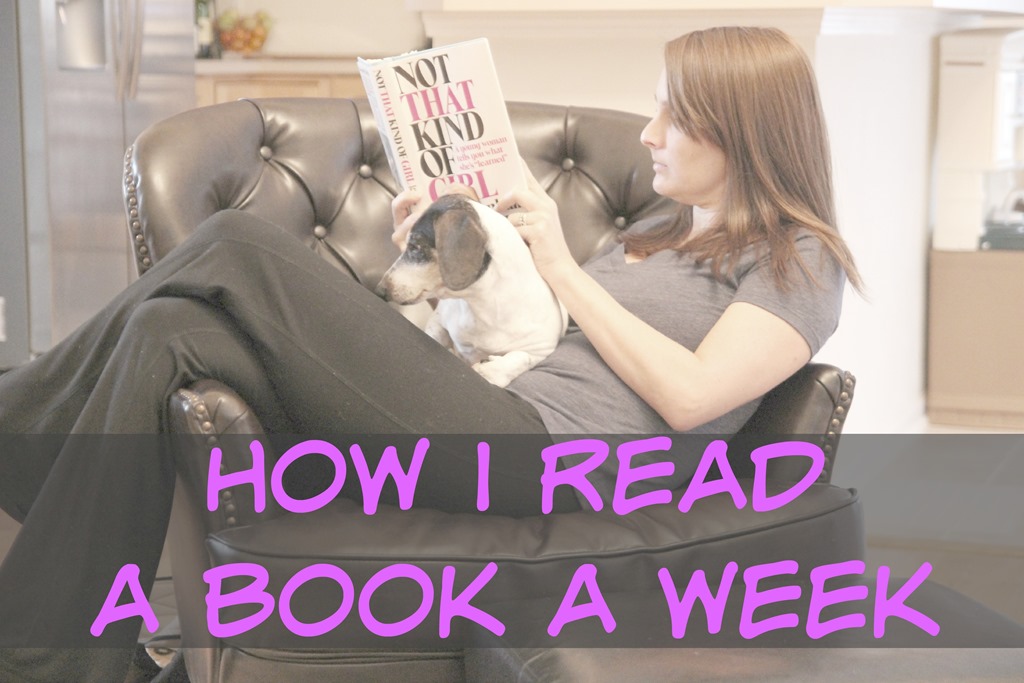How does every week read - understand a book?
About the author : Peter Bregman is the CEO of Bregman Partners - a company that provides leadership services for people and organizations through many prestigious training programs, training courses, and at the same time Direct advice for CEOs and members in leadership. Peter Bregman is also the author of many bestsellers, including 18 Minutes, Four Seconds (published in February 2015) and a number of other books.
It was in the late 1980s that I was sitting in the lecture hall of listening university Abbie Hoffman - a writer and social activist - criticizing and condemning our generation's indifference. Next to me is Gloria Emerson - a talented and individual journalist. We are discussing Hoffman's talk when I tell her how I love the feeling of being immersed in the multitude of these ideas.
"What a rare opportunity to be seated here," I said, "when listening to such intelligent and profound people like this."
"Oh, what to do," she replied, "Anyone can attend these kind of talks. Just read a few books!"

As a history student, I often have to read three to four books a week. And Gloria is right: thanks to those books, I had a seat here and got involved in an interesting conversation between great minds.
Since I started a podcast, I always try to read fiction (non-fiction) as much as possible - at least one book a week. That is the minimum, first requirement, to decide if I want to chat with the book author and share their ideas; secondly, to make the conversation meaningful if I decide to invite them to be the guest for the next digital podcast program. (It sounds obvious, but you will be surprised by how many times. I was invited to interview by people who have never read their books.)
I enriched myself by reading. I know more and more brave, brave and willing to apply what I have learned to life. I am also more confident in both perspective and action, and become more understanding and sympathetic to others. All of this was due to the fact that I experienced many situations indirectly through books.
However, reading results is time consuming. Often before I started reading some books, I was too busy. Not only that, I'm also a slow reader.
I tried many "shortcuts" that people often do to shorten the time to read books but none are useful. Reading every book introduction cannot be enough to understand what it wants to say and its abstracts are terrible. I have never read a summary yet that can really convey the interesting attraction and meaning of the work.
So how can I read one or several books a week? In the end, what solved my problem were the advice I had while still sitting on a university lecture. Michael Jimenez, Latin American professor of history, is one of the best professors I've ever learned. One day I confided to him about the problem I was having because the volume of books needed to read too much.
"I hope you don't read every word like reading a novel," he said.
I confess to the professor that I really read books like that.

He looked around the room, a few others shyly nodded in agreement with what I said. So he called us to a place and taught us how to read nonfiction books.
"Listen," he said, "you don't need to read these books. You need to understand them."
He explained: Fiction books require us to enter into the world created by the author - that is a very vivid experience. However, nonfiction books - at least what we read to serve our work - refer to the point of view on a problem and require us to understand it.
As a reader, we have more motivation after each book is read. The more we read, the faster we grasp the book's perspective and ideas, and relate them to other works. In addition, we will understand the book even more clearly when we know how to apply its advice and perspective both in work and life.
In other words, the more we read, the faster we read.
Below is a summary of Professor Jimenez's advice on how to read non-retired books with some of my own additions.
1. Let's start with the author. Who wrote the book? Read through their biography. If you can't find an online interview or short article about the author, read it quickly. This will help us get a feel and initially envision the writer's perspective and trends.
2. Read the title, title, cover and book catalog. Try to grasp what is the book's overview and go in what direction? With just this, you can describe the main idea and topic of the book for those who have never read it.
3. Read introduction and conclusion. The author leads the problem at the beginning of the book and closes their perspective at the end of the book. Read carefully (but quickly) these 2 parts. Because you have visualized the author's point of view before, these two parts will tell you how they will come to that point (introduction) and they hope you realize something from there (conclusion ).
4. Read / skim through the chapters. Read the chapter title, then a few paragraphs or pages of each chapter to know what the author has written for this purpose and what role it plays in the main thesis. Then skim through the bold, smaller sections of the chapter (if any) to capture the flow of the chapter. You can read the first sentence of each paragraph and read the last sentence. If you understand the message, continue to do so for the next paragraph. Once you've grasped what the author wants to convey through each chapter, now go through the entire book. You will better understand the debate and easily make your own point of view.
5. Finish with reading the table again. When you have finished the book, go back and read the table of contents and summarize it in your head. Spend some time reflecting on the flow of the book, the arguments that interest you, the stories you impressed and the journey you just went through with the author.
During the reading process, I did not forget to take notes to prepare for the conversation with the author. Where do I agree? Do not agree at any point? What are the things that still bother me? What are some interesting things I would like to argue with many other people to better understand the book in the coming days? All those notes helped me a lot.

The interesting thing about reading in this way is: not only do you read it faster than normal reading (it takes me about 1-2 hours to read a book, while normally it should be 6-8 hours) but you remember it longer.
That's because you're not just reading the book; you are actively communicating with it, penetrating it. Your mind must always be alert and you can understand the book more comprehensively. You not only absorb it but also actively explore it.
When I started producing podcasts, I wanted to be able to give each of my listeners a "position" in the conversation with intelligent and profound people about their passion for passion, the learning process and the corner. look at them. What surprised me was that somehow we were able to understand and reach these people simply by reading their books. It is true that my experience becomes richer when I talk to the author, but 90% of what I have come from reading what they write.
We can all read and listen to podcasts about these deep, intelligent people conversations. We can all explore great ideas and apply them to change our lives.
In other words, with a bit of effort, we can all read books as comfortably and effectively as we were on a university lecture hall.
You should read it
- To 'read long-term quickly' please follow this method immediately
- As a busy person, apply 11 ways below to have time to read
- 10 great benefits of reading every day
- How to set up Reading Goals in iOS 13
- 7 best tablets for reading digital books
- 5 best ebook reader apps for iPhone
- How to read 10,000 words within a minute?
- 6 months for 8 skills and life you will change!
May be interested
- Don't rush to judge others when you don't understand the facts
 don't judge a book by its cover - don't judge a book based on its cover.
don't judge a book by its cover - don't judge a book based on its cover. - Synthesis of the best book wallpapers for computers
 if you are a book lover, besides collecting books, you can also collect beautiful pictures on the following book of network administrator.
if you are a book lover, besides collecting books, you can also collect beautiful pictures on the following book of network administrator. - 30 good books to read during the Corona season
 as the outbreak of covid-19 continues to spread and many of us are looking for new ways to entertain ourselves while at home, reading books can provide rewarding and relaxing times.
as the outbreak of covid-19 continues to spread and many of us are looking for new ways to entertain ourselves while at home, reading books can provide rewarding and relaxing times. - How to read 10,000 words within a minute?
 what should you do when you need to read and analyze a large amount of information in great detail quickly? what to do when we need to read quickly to study and write a summary tomorrow? how to read quickly without missing out on the most important content and aspects of that book?
what should you do when you need to read and analyze a large amount of information in great detail quickly? what to do when we need to read quickly to study and write a summary tomorrow? how to read quickly without missing out on the most important content and aspects of that book? - What is X? Understand how to be right
 so what is wrong? understand how to be right. please read along with the following article of network administrator to find the answer for yourself.
so what is wrong? understand how to be right. please read along with the following article of network administrator to find the answer for yourself. - How to Dedicate a Book
 book dedications were begun as a way to give thanks to a patron, often in exchange for money to finance the book.http://www.theguardian.com/books/2007/jun/21/news.comment today, they are a way to express gratitude for inspiration and are...
book dedications were begun as a way to give thanks to a patron, often in exchange for money to finance the book.http://www.theguardian.com/books/2007/jun/21/news.comment today, they are a way to express gratitude for inspiration and are... - Harvard University removed the human skin used as a book cover
 after the book's human skin cover is removed, interested people can still read the book's content directly at the harvard library or online.
after the book's human skin cover is removed, interested people can still read the book's content directly at the harvard library or online. - How to Cite a Translated Book
 if a work was originally published in an unfamiliar language, you may only be able to read it by using a later translation. when referencing a translated book in a research paper or report, you generally need to list both the original...
if a work was originally published in an unfamiliar language, you may only be able to read it by using a later translation. when referencing a translated book in a research paper or report, you generally need to list both the original... - Google's new AI model can read an entire book
 one of the biggest challenges of artificial intelligence (ai) models in language processing today is to understand the context and context of each specific segment.
one of the biggest challenges of artificial intelligence (ai) models in language processing today is to understand the context and context of each specific segment. - How to Analyze a Book
 reading books, whether they be fiction or nonfiction, is a terrific pastime that is both fun and informative. however, analyzing books can help you get even more out of the books you read, both for fun and for academic purposes. knowing...
reading books, whether they be fiction or nonfiction, is a terrific pastime that is both fun and informative. however, analyzing books can help you get even more out of the books you read, both for fun and for academic purposes. knowing...










 If you possess these 8 skills, you are truly a leader
If you possess these 8 skills, you are truly a leader 4 types of 'noise' information should be ignored
4 types of 'noise' information should be ignored What do employers want to know about you when asking this question in an interview?
What do employers want to know about you when asking this question in an interview? Why should we spend at least an hour every day thinking?
Why should we spend at least an hour every day thinking? 5 factors to help you get a chance to get promoted without needing to 'say' to your boss
5 factors to help you get a chance to get promoted without needing to 'say' to your boss Access these 40 websites every day, you will learn a lot of useful things
Access these 40 websites every day, you will learn a lot of useful things